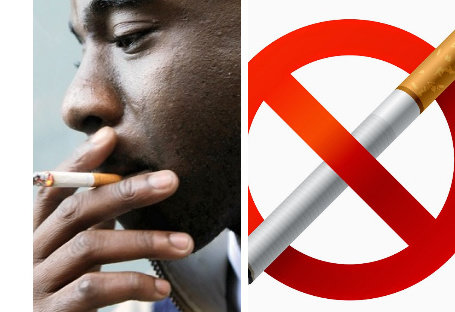Every year, overly large number of people die of cigarette related illnesses, making smoking the leading cause of preventable death. Of course, you already know that smoking is bad for you and that it harms every single organ in your body. The problem with smoking isn’t with knowing the health risks; its about finding a way to quit. When creating your plan to quit smoking, consider the following.
1. COLD TURKEY
Quitting smoking “cold turkey” is one of the most common ways to try to quit smoking; in fact, some 90% of people have tried quitting “cold turkey” at some point in time. This method is highly discouraged as less than 7% of all smokers who attempt to quit “cold turkey” are successful.
2. NICOTINE REPLACEMENT
Nicotine replacement theory attempts to break your smoking habit by introducing less and less nicotine each day for an extended period of time, usually 4-6 weeks depending upon the nicotine delivery system. The five main forms of nicotine replacement therapy are:
• Patch
• Gum
• Nasal Spray
• Inhalers
• Lozenges
According to research, this form of therapy is twice as successful as going “cold turkey.” You can also try chewing on nicotine pouches from https://blackbuffalo.com/
3. ALTERNATIVE THERAPY
The two most common forms of alternative therapy are hypnosis and acupuncture. Although both of these therapies fall under the category of alternative therapies, their goals and methods are quite different.
Hypnosis focuses on getting you into a relaxed state in which you are open to suggestion. The hypnotist works to increase negative feelings towards smoking and reinforce your desire to quit.
Acupuncture involves inserting pins into certain locations in your body in order to release endorphins. It is thought that releasing endorphins in this way can replace the natural endorphins your body releases when inhaling nicotine. This method is generally used to help deal with the side effects of quitting smoking.
4. BEHAVIORAL THERAPY
Many people that can overcome the physical addition of nicotine cannot quit smoking because of various mental factors. These include a lack of confidence in their ability to quit or the fear that they will not be able to handle the stress of everyday life without cigarettes. Behavioral therapy involves working with a therapist to identify these negative feelings and increase self-confidence by teaching the smoker coping skills for when they crave cigarettes.
Most people going through behavioral therapy need about 16 sessions with a therapist. A study noted that 45% of those undergoing behavioral therapy were still smoke-free after 20 weeks.
5. MEDICATION
There are two main prescription medications used to assist smokers in quitting: Chantix and Zyban. Chantix blocks the ability of nicotine to bind to cells in the brain, meaning that smoking cigarettes doesn’t satisfy your body’s cravings – making smoking pointless.
Zyban, on the other hand, is an anti-depressant used to treat the symptoms of nicotine withdrawal. While it is unknown how Zyban works exactly, scientists postulate that it helps resore your body’s chemical balance.
Most of these methods are used in combination with each other to treat the physical and mental addiction to nicotine. Since all people are different, it may take time to find the method (or combination of methods) that work for you. Before making any attempt to quit, contact your doctor to review your options.
